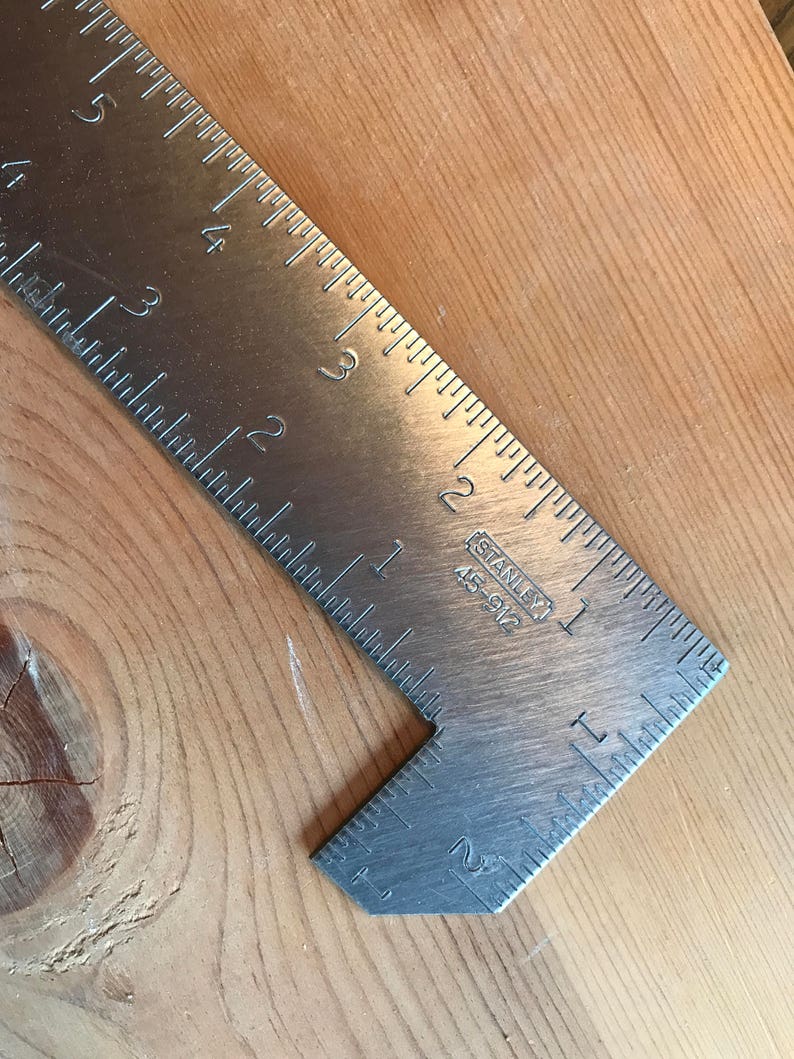

But we just need a quick check to avoid having to use the seam ripper later.
Sometimes our garment is even on our sewing machine and under the needle. Just to be sure before we make it permanent. Mini Ruler – Think of how often we need to check a measurement or a seam allowance. A long sweeping curve tool marked with measurements for both length and seam allowances, this is the “go to” tool for those fine adjustments that will make the fit of our garment just perfect. The Hip Curve is ideally suited for this application. Hip Curve – The hip line, hem line, side seams and other similar adjustments all require smooth, consistent sweeping curves. The French curve is also conveniently marked to allow measurement of both lengths and seam allowances. The result is an infinite set of curves that can be used to connect any of our dots with a smooth, graceful line. A sweeping long curve is accentuated by accelerating angles at one end producing a very tight circular curve guide. We have produced three, the French Curve, the Hip Curve and the Mini Ruler.įrench Curve – The French Curve is probably the most important curved ruler used for fashion design. The trick is to gracefully connect the dots or smoothen our sketch marks to achieve our creative intent in an acceptable way. It’s easy to insert our own measurements onto a pattern or to sketch out an original. It has to look good and it has to feel good. Whether modifying a pattern or designing a completely new pattern, two things are essential. How can we modify our pattern to satisfy our own personal measurements or perhaps enable our own creative design inclinations? Drum roll here please… And the answer is the Curve Ruler with Mini Ruler. What if we want to change the neck line? How about arm holes? Perhaps we need to adjust a hip line or the hem line. But how do we connect the dots? Let’s take it a step further. Okay, so how do we make those adjustments, the ones that will make our project look great and really fit well so we feel like a million bucks? It’s easy enough to make those measurements and mark them on our pattern. What that means to us is that while overall we might be a “medium”, some parts of us might be a little “extra-medium” while other parts of us might be more of a “slim-medium”. It’s important to realize though, that the pattern indicates general sizes that fit the average proportions for each size. We’ll need to locate the size we need on the pattern and then precisely cut along those indicated lines to remove that section from the larger sheet of pattern paper. Chances are we purchased a pattern that suits several sizes. Now we can easily identify the pattern lines and instructions. We loosely cut the major sections apart to make them easy to manipulate and maybe even iron them to smooth away all of the folds (remember, no steam). Right out of the envelope it’s nothing more that large sheets of tightly folded pattern paper. So where do we start? We start with the pattern.

Something both fashionable and comfortable. We’ve reviewed the instructions on the back of the pattern envelope and acquired all of the required notions as well as the correct yardage of that killer fabric that will really make our project pop. Keep in mind we’ll also want to make it something that we’ll really enjoy wearing. In either case we’ve found a pattern that’s just what we’re looking for. We’ve visited our local shop and poured over the pattern catalogs or perhaps searched favorite sites on the internet. We are also hosting weekly giveaways as a way to thank all of our Clover Fans who have made Tool School the success that it is! Giveaway information at the bottom of this post.Īll right, we’ve decided to do a little fashion sewing. Here is a Tool School Throwback featuring our Curve Ruler.
#Website ruler tool series
We are celebrating Tool School this month with a series of throwbacks.


 0 kommentar(er)
0 kommentar(er)
